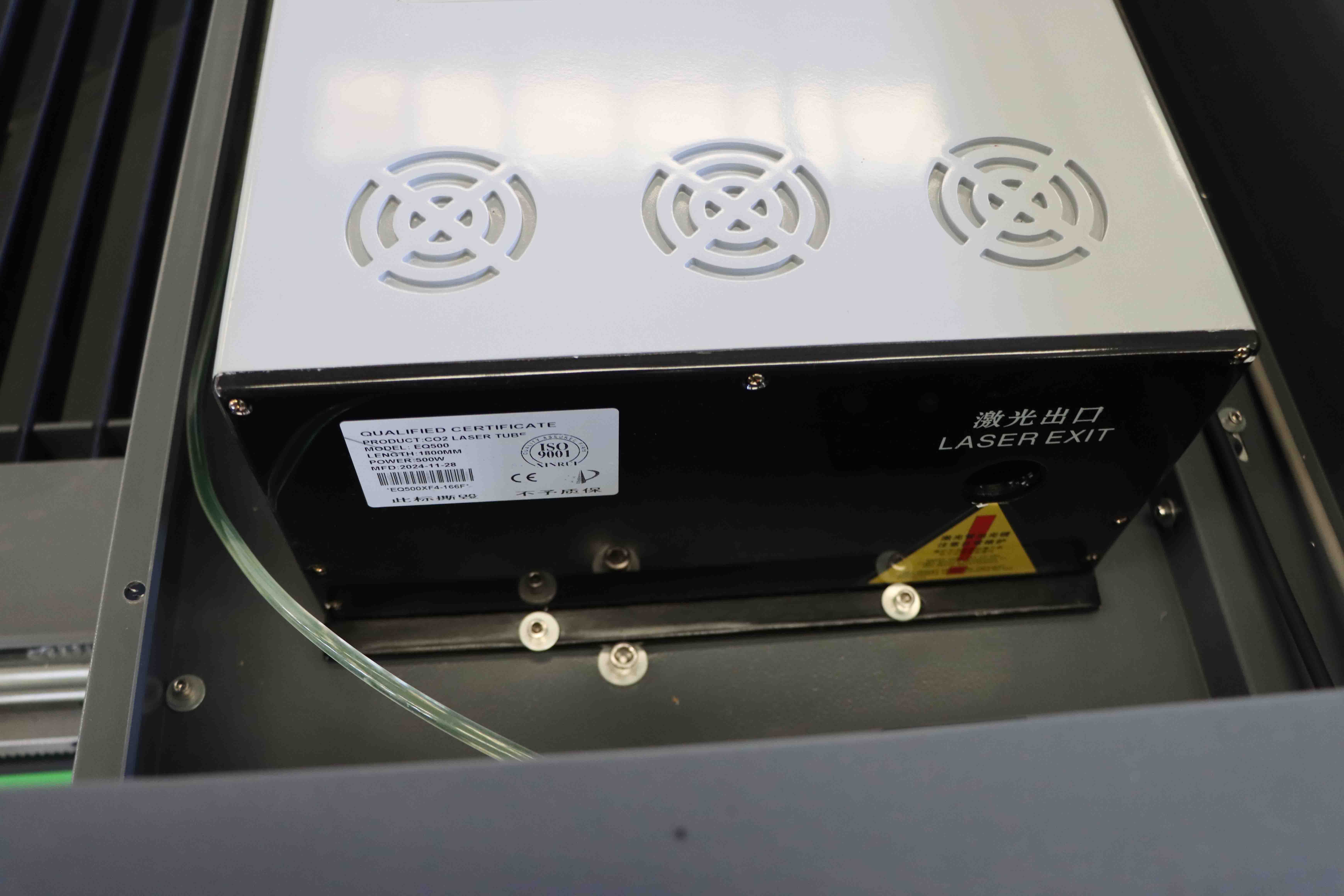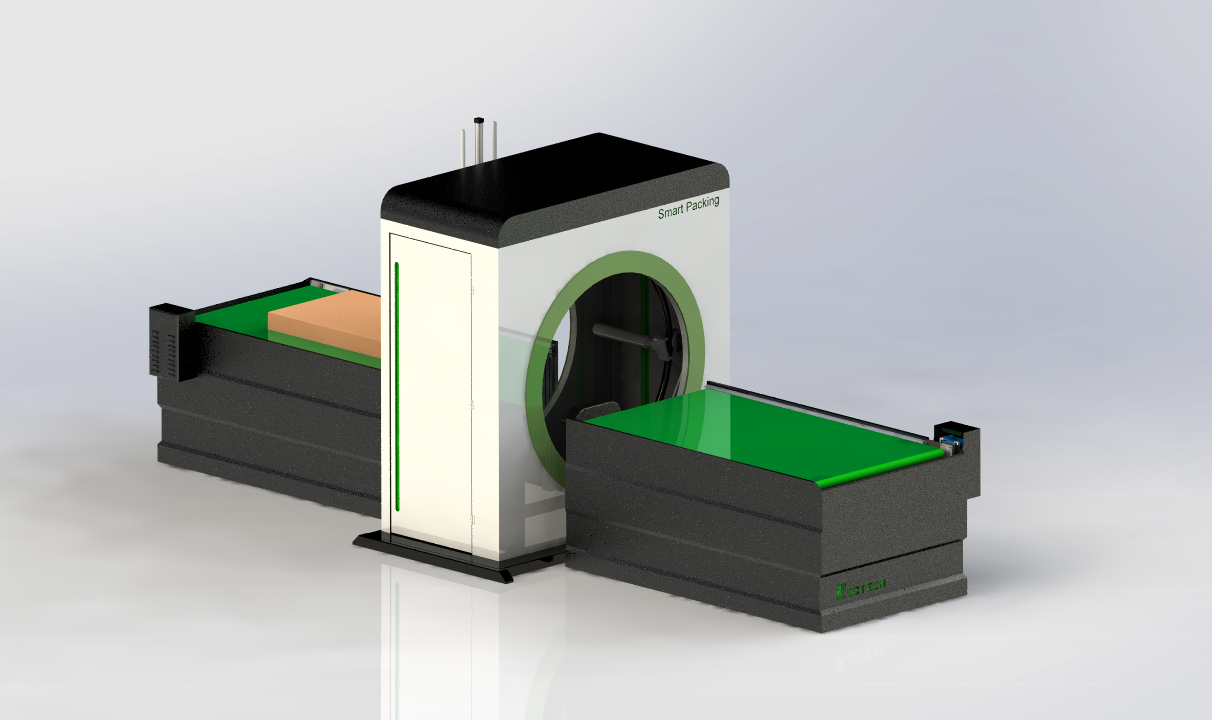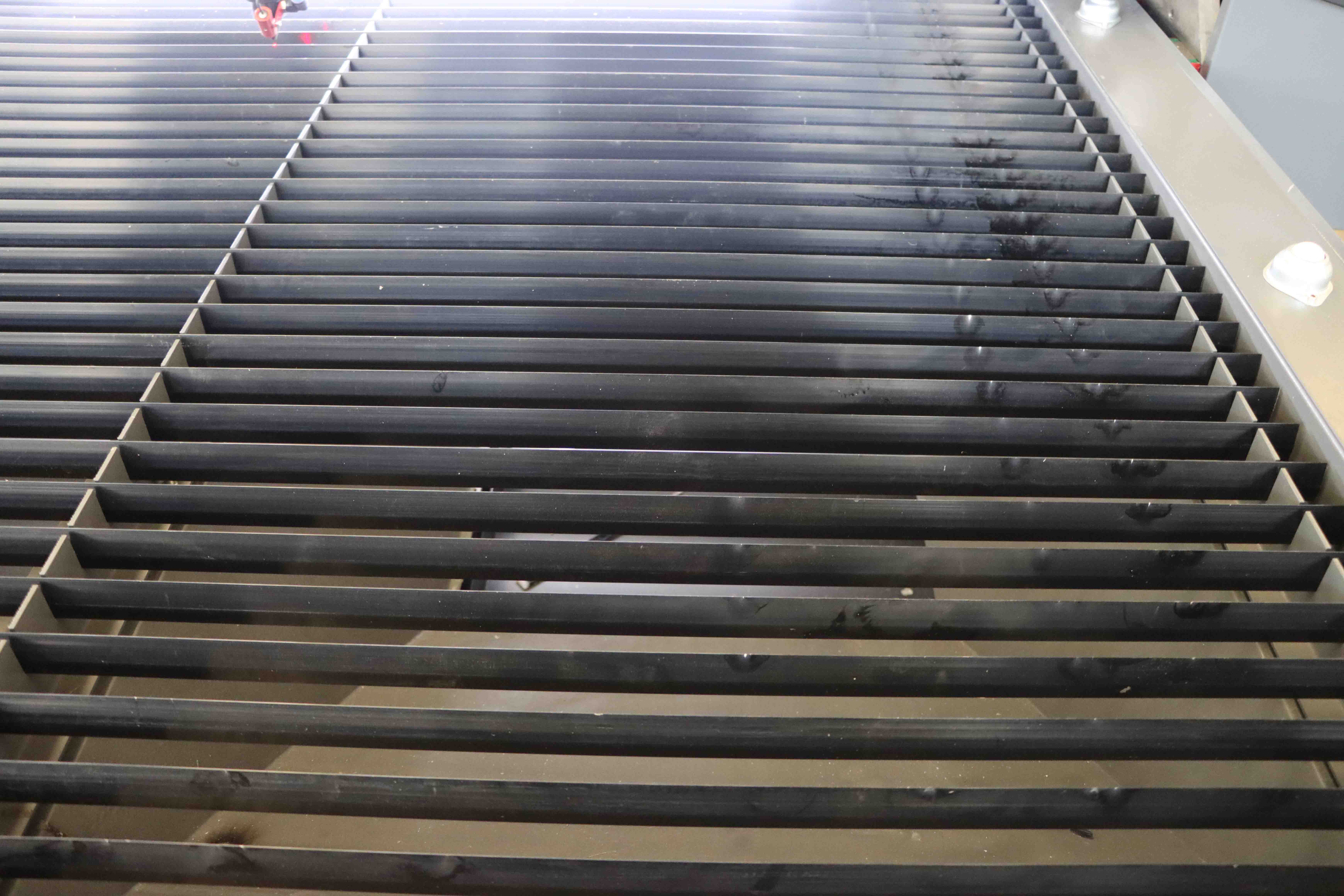소개
현대 제조업에서는 정밀도와 효율이 매우 중요하다.금속 절단을 완전히 바꾸는 기술은 광섬유 레이저이다.파이버 레이저는 고정밀, 고속 및 비용 효율적인 금속 절단이 필요한 업계에서 가장 선호하는 솔루션입니다.이 통합 가이드에서는 파이버 레이저를 사용한 금속 절단의 이점, 적용 및 모범 사례에 대해 자세히 살펴보고 올바른 결정을 내리는 데 필요한 모든 정보를 제공합니다.
광섬유 레이저는 무엇입니까?
광섬유 레이저는 희토류 원소 (예: 铒, 이테르륨 또는 네오디뮴) 가 섞인 광섬유를 이득 매체로 사용하는 고체 레이저이다.레이저 빔은 광섬유 내에서 생성되며 유연한 광섬유 케이블을 통해 절단 헤드로 전송됩니다.이 설계는 기존 CO2 레이저에 비해 효율성 향상, 빔 품질 향상 및 유지 관리 요구 사항 감소 등 여러 가지 이점을 제공합니다.

금속 절단에서의 광섬유 레이저의 이점
1. High Precision and Accuracy
Fiber lasers are renowned for their exceptional precision and accuracy. The focused laser beam can achieve spot sizes as small as 0.1 mm, allowing for intricate and detailed cuts. This level of precision is particularly beneficial for industries that require complex geometries and tight tolerances, such as aerospace and medical device manufacturing.

2. High Cutting Speed

One of the most significant advantages of fiber lasers is their high cutting speed. Fiber lasers can cut through metal at speeds up to 10 times faster than traditional CO2 lasers. This increased speed translates to higher productivity and shorter lead times, making fiber lasers an attractive option for high-volume production environments.
3. Energy Efficiency
Fiber lasers are highly energy-efficient, converting up to 50% of the electrical energy into laser light. In contrast, CO2 lasers typically have an efficiency of around 10-15%. This higher efficiency not only reduces energy consumption but also lowers operating costs, making fiber lasers a more sustainable and cost-effective solution.
4. Low Maintenance
Fiber lasers have fewer moving parts and do not require gas refills or regular mirror alignments, which are common maintenance tasks for CO2 lasers. This results in lower maintenance costs and less downtime, allowing for continuous and uninterrupted production.
5. Versatility
Fiber lasers are capable of cutting a wide range of metals, including stainless steel, carbon steel, aluminum, brass, and copper. This versatility makes them suitable for various industries, from automotive and aerospace to electronics and jewelry manufacturing.
Applications of Fiber Laser for Metal Cutting
1. Automotive Industry
The automotive industry relies heavily on fiber lasers for cutting various components, such as body panels, chassis parts, and engine components. The high precision and speed of fiber lasers ensure that parts are cut to exact specifications, improving the overall quality and performance of vehicles.
2. Aerospace Industry
In the aerospace industry, where safety and precision are critical, fiber lasers are used to cut complex components from high-strength materials such as titanium and Inconel. The ability to produce intricate and accurate cuts ensures that aerospace components meet stringent quality standards.
3. Medical Device Manufacturing
Fiber lasers are widely used in the medical device industry to cut and shape components for surgical instruments, implants, and diagnostic equipment. The high precision and cleanliness of fiber laser cutting ensure that medical devices are safe and effective for use.
4. Electronics Industry
The electronics industry benefits from the ability of fiber lasers to cut thin and delicate materials with high precision. Fiber lasers are used to cut components for smartphones, tablets, and other electronic devices, ensuring that parts are cut accurately and without damage.
5. Jewelry Manufacturing
In the jewelry industry, fiber lasers are used to cut and engrave precious metals such as gold, silver, and platinum. The high precision and detail of fiber laser cutting allow jewelers to create intricate and beautiful designs that would be difficult to achieve with traditional cutting methods.
Best Practices for Using Fiber Laser for Metal Cutting
1. Material Selection
Choosing the right material is crucial for achieving optimal cutting results. Different metals have different properties, and the laser parameters must be adjusted accordingly. For example, stainless steel requires higher power and slower cutting speeds compared to aluminum.
2. Laser Parameters
Adjusting the laser parameters, such as power, speed, and focus, is essential for achieving the desired cut quality. It is important to experiment with different settings to find the optimal combination for each material and thickness.
3. Assist Gas Selection
The choice of assist gas can significantly impact the cutting process. Common assist gases include nitrogen, oxygen, and compressed air. Nitrogen is often used for cutting stainless steel and aluminum to achieve clean and oxide-free cuts, while oxygen is used for cutting carbon steel to increase cutting speed.
4. Nozzle Selection and Maintenance
The nozzle plays a critical role in directing the assist gas and protecting the lens from spatter. It is important to select the appropriate nozzle size and ensure that it is clean and in good condition. Regular maintenance of the nozzle and lens is essential for maintaining cutting quality and prolonging the life of the laser.
5. Workpiece Preparation
Proper preparation of the workpiece is essential for achieving high-quality cuts. The surface of the material should be clean and free from contaminants such as oil, rust, and paint. Additionally, the material should be flat and securely clamped to prevent movement during the cutting process.
6. Safety Considerations
Fiber lasers produce intense beams of light that can cause serious injury if not handled properly. It is important to follow all safety guidelines, including wearing appropriate protective equipment, ensuring proper ventilation, and using safety interlocks and enclosures to prevent accidental exposure to the laser beam.
Conclusion
Fiber lasers have transformed the metal cutting industry, offering unparalleled precision, speed, and efficiency. Their versatility and low maintenance requirements make them an ideal choice for a wide range of applications, from automotive and aerospace to medical device and jewelry manufacturing. By following best practices and understanding the unique properties of different materials, you can maximize the benefits of fiber laser cutting and achieve exceptional results in your manufacturing processes. Whether you are a seasoned professional or new to the world of laser cutting, this guide provides valuable insights to help you harness the power of fiber lasers for metal cutting.
일반적인 조언이나 특정 지원이 필요하든 상관없이, 우리는 당신을 도와드릴 것입니다.